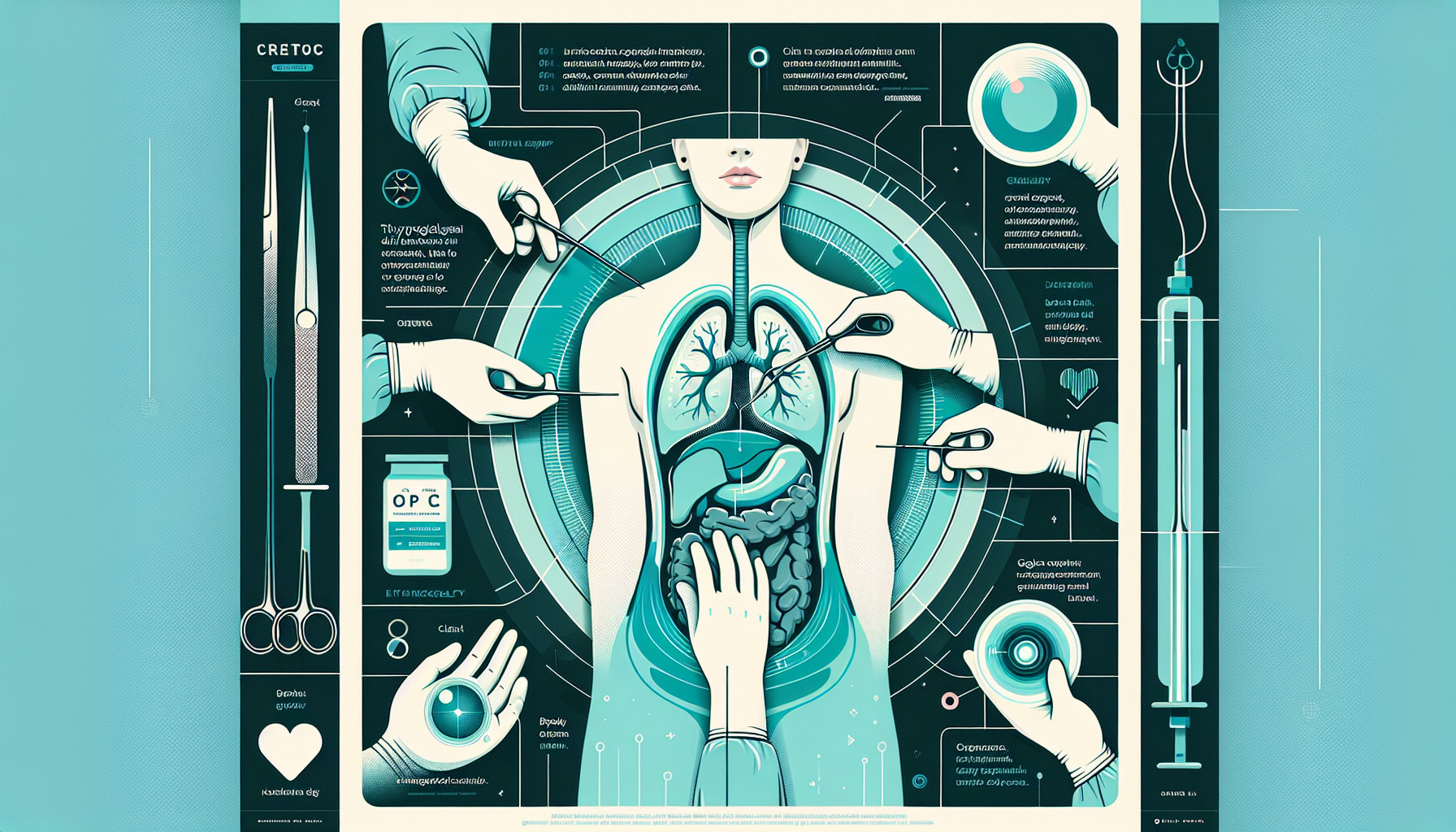Our Summary
This research paper talks about a rare condition in infants, thyroglossal duct cysts (TDCs), which are lumps in the middle of the neck. Lingual TDC is an even rarer type that appears as a lone cyst at the base of the tongue. In most cases, doctors remove the cyst, the duct, and part of a bone in the neck through open surgery. However, in cases of lingual TDC, it’s often enough to just remove the cyst through a surgery performed inside the mouth.
The paper discusses a case where a 3-month-old baby with lingual TDC was successfully treated with a robotic surgery performed through the mouth. The surgery completely removed the cyst without any complications or significant bleeding, and only took 10 minutes. The baby recovered well after the operation and showed no signs of the cyst returning six months later.
The study suggests that this kind of robotic surgery could be a safe and effective way to treat lingual TDC in infants. However, more research is needed to confirm the safety of using robotic surgery in children.
FAQs
- What is a thyroglossal duct cyst (TDC)?
- How is a lingual TDC different from other TDCs and how is it treated?
- Is transoral robotic surgery for lingual TDC removal safe for infants?
Doctor’s Tip
One helpful tip a doctor might tell a patient about thyroglossal duct cyst removal is to follow post-operative care instructions closely to ensure proper healing and reduce the risk of complications. This may include keeping the surgical site clean and dry, taking prescribed medications as directed, avoiding strenuous activities, and attending follow-up appointments with the doctor for monitoring. It is also important to report any unusual symptoms or signs of infection promptly to the healthcare provider.
Suitable For
Patients with thyroglossal duct cysts (TDCs) are typically recommended for removal if they are experiencing symptoms such as difficulty swallowing, breathing, or speaking, as well as if the cyst is causing cosmetic concerns. Additionally, patients with recurrent infections or inflammation of the cyst may also be candidates for surgical removal. In cases of lingual TDC, like the case presented above, transoral robotic surgery may be a suitable approach for removal of the cyst.
Timeline
Before thyroglossal duct cyst removal:
- Patient may present with a midline neck mass that is painless and moves with swallowing
- Patient may experience recurrent infections or drainage from the cyst
- Imaging studies such as ultrasound or CT scan may be performed to confirm the diagnosis
- Patient may undergo preoperative evaluation to assess for any potential complications or risks associated with surgery
After thyroglossal duct cyst removal:
- Patient undergoes transoral robotic surgery for cyst removal
- Cyst wall is completely excised with minimal risk of complications
- Operating time is short, typically around 10 minutes
- Patient has an uneventful postoperative course with no complications or bleeding
- Patient is followed up postoperatively and is free of symptoms with no evidence of recurrence at 6 months
- Further studies are needed to confirm the safety and efficacy of robotic surgery in pediatric patients with lingual thyroglossal duct cysts.
What to Ask Your Doctor
- What is the reason for recommending thyroglossal duct cyst removal in my case?
- What are the potential risks and complications associated with the surgery?
- What is the expected outcome of the surgery in terms of symptom relief and recurrence prevention?
- What is the recovery process like after the surgery?
- Are there any specific postoperative care instructions I should follow?
- Will there be any restrictions on activities or diet following the surgery?
- How soon can I expect to see improvement in my symptoms after the surgery?
- Are there any alternative treatment options available for my condition?
- How experienced are you in performing transoral robotic surgery for thyroglossal duct cyst removal?
- Are there any specific factors about my case that may affect the success of the surgery?
Reference
Authors: Turhan M, Bostanci A. Journal: J Robot Surg. 2019 Apr;13(2):331-334. doi: 10.1007/s11701-018-0841-2. Epub 2018 Jul 6. PMID: 29980909
